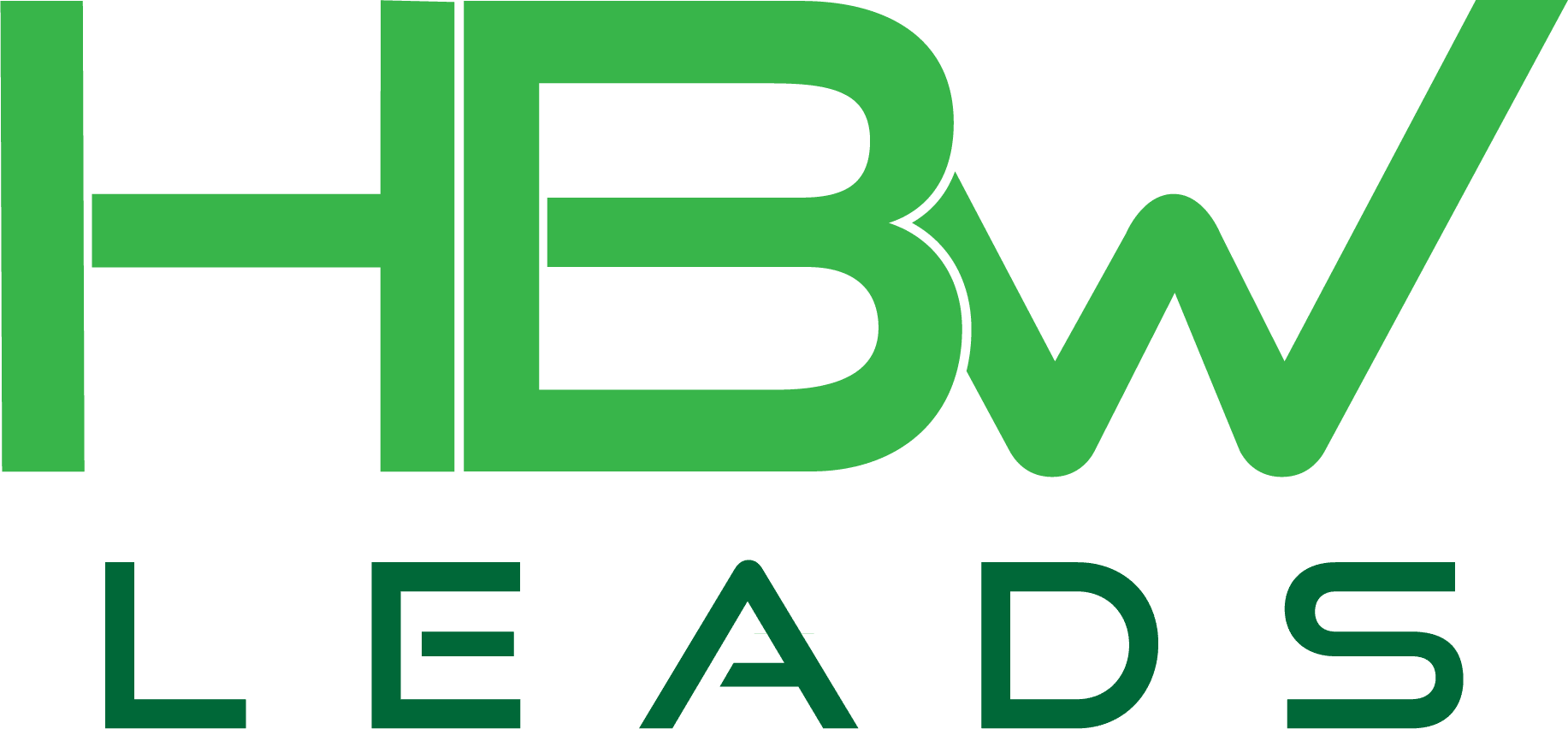Understanding how the sales funnel and the buyer’s journey funnel work can help you develop ideal strategies to reach prospects at the perfect time.
The modern consumer is all about personalization, making it essential to learn how the sales funnel and the buyer’s journey funnel work. One-size-fits-all techniques aren’t going to cut it. Instead, as an agent, you need to personalize your marketing, sales, and prospecting techniques to engage potential clients no matter where they are in their purchase path.
When you learn how to differentiate these concepts, you can picture your customers’ trail from initial awareness of your product to conversion. Using any approach at the wrong time — like trying to close a sale on a new lead — will lead to lost prospects.
Read on to discover how to use the right tools in capturing, nurturing, and converting leads into loyal customers.
How to use the buyer’s journey funnel to convert leads into loyal customers
The first thing to separate here is the subtle differences between the sales funnel and the buyer’s journey funnel. Why do these concepts confuse salespeople?
These terms confuse salespeople because they describe the same process but from different points of view. The sales funnel is a company-centric approach that focuses on company goals. On the other hand, the buyer’s journey funnel is a consumer-centric perspective that focuses on a buyer’s distinct needs. The former aims to convert visitors into leads into customers, and the latter represents the path a prospect takes from interest to purchase.
What is a sales funnel? A sales funnel is a term marketers use to describe how an organization converts a prospect into a customer. The three core parts of this marketing tool are the top, middle, and bottom, which may vary depending on your goals and preference.
Maintaining your funnels is one of the most practical ways to beat your monthly targets. The more quality leads you have, the more chances you can sell a policy. It’s almost unheard of to close a deal during an initial conversation, so track your progress and keep trying. It usually takes multiple interactions to achieve the desired results.
When you understand what your prospects need at different points in their journey, you can create relevant messaging to boost your chances of making a sale.
Below are the stages to consider when creating a sales funnel strategy:
- Stage 1: Awareness. During this phase, future customers become aware of your products and services.
- Stage 2: Interest. Once leads learn about your agency, interested ones will research you and consider if they need your offer.
- Stage 3: Decision. Prospects will then inquire about your solutions in more detail, including pricing and payment options.
- Stage 4: Action. This phase is crucial because it’s when potential clients could purchase. If they don’t, you will have to pique their interest again when they need a new policy.
So then, what is a buyer’s journey funnel?
The buyer’s journey funnel is an idea that helps you oversee potential clients’ paths from their point of view. Even without your help, they will realize a need, find solutions, identify the best option, and seal the deal. They don’t care about your targets; they want to satisfy their requirements as quickly as possible.
Consumers are more informed about their options than ever. After all, they have a massive amount of data right at their fingertips. For this reason, it’s best to shift your mindset from aggressive selling to a nurturing sales process. Pushy sales tactics don’t work like they used to.
If you want to thrive, adopt a helping perspective. The best way to begin such efforts is to know your audience intimately and pay attention to their journey toward a purchase. Below is an overview of this path:
- Awareness stage: During this phase, prospects realize a need. They start their research to identify their problem.
- Consideration stage: Afterward, potential clients will check all available options to address their needs. If your marketing efforts reach them, they will review your agency credentials and compare them with competitors.
- Decision stage: By this time, prospects should have a shortlist of potential agencies. After careful deliberation, they will ultimately make their final choice.
Verdict: Prioritize your clients and prospects.
No matter which concept you want to use — sales funnel or buyer’s journey funnel — the only way to grow your agency is to prioritize your clients and prospects. Attracting, engaging, and motivating quality leads into action takes a lot of time and resources.
If you want to skip a few steps in the sales funnel or buyer’s journey process, request a personalized lead package from HBW today. With this reliable provider, you can get exclusive double-verified quality leads. Get in touch now to grow your business.


